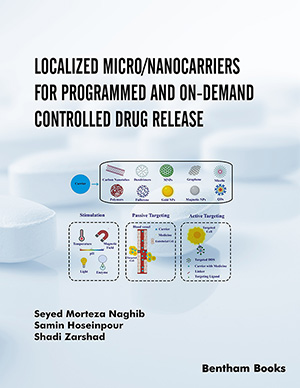Abstract
Interindividual variability in drug response depends on a number of genetic and environmental factors. The metabolic enzymes are well known for their contribution to this variability due to drug-drug interactions and genetic polymorphisms. The phase I drug metabolism is highly dependent upon the cytochrome P450 mono-oxygenases (CYP) and their genetic polymorphism leads to the variable internal drug exposures. The highly polymorphic CYP2C9, CYP2C19 and CYP2D6 isozymes are responsible for metabolizing a large portion of routinely prescribed drugs and contribute significantly to adverse drug reactions and therapeutic failures. In this review, two attractive and easily implementable approaches are highlighted to recommend drug doses ensuring similar internal exposures in the face of these polymorphisms. The first approach relies on subpopulation-based dose recommendations that consider the original population dose as an average of the doses recommended in genetically polymorphic subpopulations. By using bioequivalence principles and assuming linear gene-dose effect, dose recommendations can be made for different metabolic phenotypes. The second approach relates area under the curve to two characteristic parameters; the contribution ratio (CR), computes for the contribution of the metabolic enzyme and the fractional activity (FA), considers the impact of the genetic polymorphism. This approach provides valid and error free internal drug exposure predictions and can take into consideration genetic polymorphisms and drug interactions and/ or both simultaneously. Despite certain advantages and limitations, both approaches provide a good initial frame-work for devising models to predict internal exposure and individualize drug therapy, one of the promises from human genome project.
Keywords: Area under the curve, contribution ratio, CYP2C9, CYP2C19, CYP2D6, fractional activity, genetic polymorphism, individualized therapy, internal drug exposure, steady-state concentration.




















